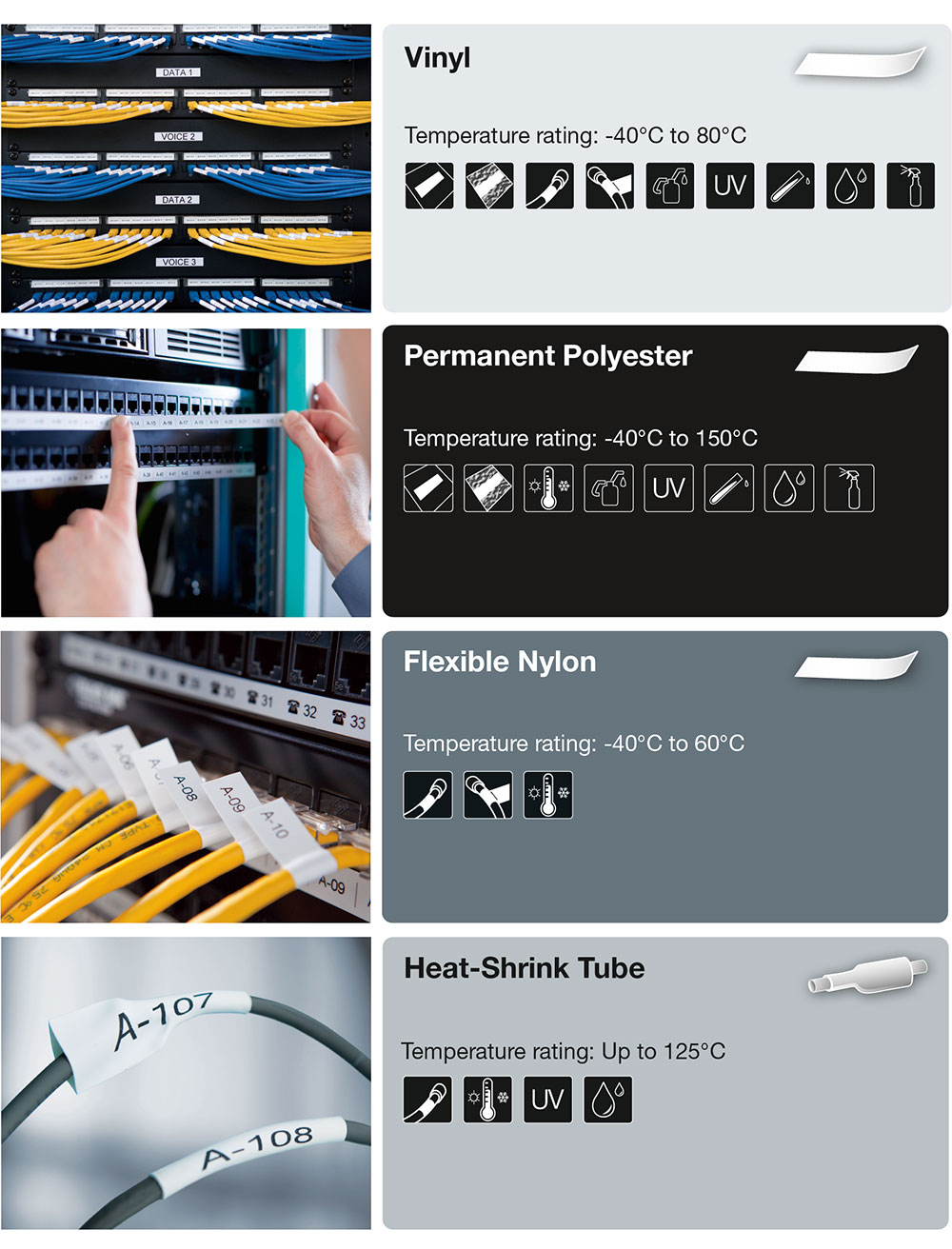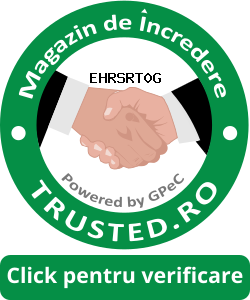Displayed products are delivered from stock. Offers are valid within the limit of available stock.
Why you should include labels in new building specifications
The construction industry
remains
robust in
Romania
, with new constructions
offering extensive opportunities for construction capabilities and technological innovations. These are often called connected buildings. New or smart buildings offer the potential for increased energy efficiency, user well-being and overall productivity.
With the construction of new buildings, new challenges arise with more complex operating systems. These systems include heating and cooling, lighting, access control, security, electrical components, network connectivity and even information systems that interact with the occupants of the building.
When any of these systems fail, contractors must quickly repair or solve a problem. It also means that more entrepreneurs and technicians are accessing the systems more than ever. Due to these complex systems, including guidance by labeling in the specifications of a building has become a necessity.
When any of these systems fail, contractors must quickly repair or solve a problem. It also means that more entrepreneurs and technicians are accessing the systems more than ever. Due to these complex systems, including guidance by labeling in the specifications of a building has become a necessity.
Creating the control panels of a building using labels
The plans and specifications of a building are mandatory tools for communicating what should be built and how it can be built to everyone on the construction team. The written plans and specifications must work together with the plans detailing what to build and the specifications that highlight how to build. Because each structure is unique, the specifications define the requirements for the products, materials and workmanship on which the contract is based, as well as the management and performance requirements of the project.
Given the large number of specifications of a building, a label can be a later thought. However, with some initial planning, labeling plays a key role in the building's specification plan.
By considering all aspects of a system that could benefit from a label and specifications on exactly what should be labeled, contractors can help facilitate quick and trouble-free troubleshooting and repairs in the future.
The information should be as specific as possible, highlight the labeling equipment that should be used and even name the type of label with which the work will be properly completed and will be environmentally friendly in the coming years. Without details, the right equipment may not be selected.
Existing or renovated buildings should add labels to existing specification plans but also to new systems.
So what should a new building be labeled?
• Electrical and data cables and wires;
• Construction of patch panels and specific face plates for datacom;
• Electrical panels, switches and sockets;
• Intelligent building control panels;
• Safety labeling (pipe labeling, OSHA standards, 606C requirements, other standards);
• Labeling of solar panel systems;
• AV, Security, HVAC and other components of building infrastructure
A small label, a big role
By specifically naming the required labels (and the printers that can create them), contractors know which labels to produce and which products are best for labeling.
Including the name of the thermal printer or the type of label in the specifications will help the procurement manager know exactly what to buy and will make the purchase easier. The more time spent detailing each step of labeling in a specification plan, including the type of label band, the more likely the project was to be accurately executed and the less likely it is for unplanned difficulties.
Not all labeling tools are designed the same.
When selecting label strips and the printer model, consider tools that are durable and easy to use. The most effective tools allow technicians to complete labeling quickly, accurately and with little hassle.
For example, look for a labeling machine that doesn't leave any label residue everywhere, which creates extra cleaning work that means lower productivity. A single long strip is easier to clean and will finish the job faster.
Here are some features to consider when selecting a labeling machine:
Easy to use!

Proven accuracy

Smart keys for common types of embedded labels, templates and symbols, and advanced connectivity options. Accurately label even the largest jobs and simplify future changes.
Long-term durability of the label

Industrial labels that stick and stay stuck that can be clearly read for years. Resistant to abrasion, harsh UV exposure, extreme heat or cold, grease, water, dirt and industrial solvents. They must be able to cope with more frequent cleaning and harsher chemicals.
The right partner can help you find the best labeling solution
Navigating the world of printers and label machines is complex. Integrating labels into your project specifications is even more complex. But organizations need to find the best solutions or create secure specifications.
Our team of experts is available to understand your challenges and can provide you with the best advice, training and solutions needed to create an easy labeling process.
Labeling can help save time and money in the long run. Make sure it is done correctly the first time and it is lasting.
Customer Support
Monday - Thursday 9:00 - 16:00
Friday 9:00 - 15:30

